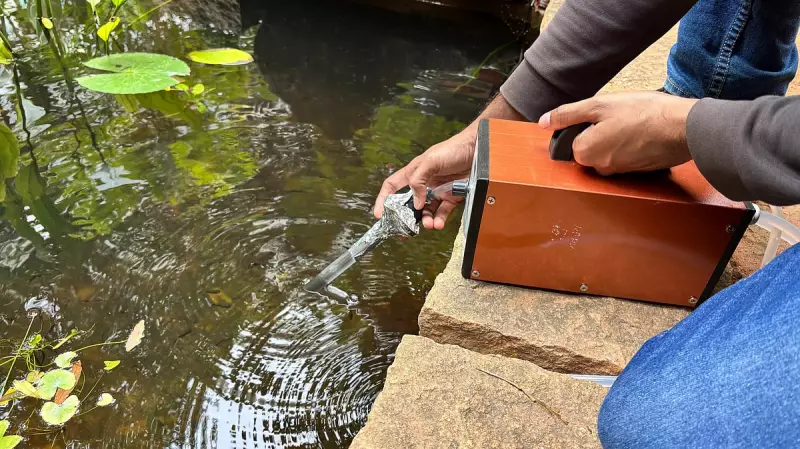
In the quiet corners of India's diverse ecosystems, a silent invasion is underway. Alien plant species are stealthily encroaching upon native habitats, threatening biodiversity and disrupting delicate ecological balances. But now, scientists are fighting back with an unexpected ally: artificial intelligence.
The Unseen Ecological Threat
Across India's forests, wetlands, and protected areas, non-native plant species have been quietly establishing themselves. These botanical invaders often go unnoticed until it's too late, outcompeting local flora and altering entire ecosystems. Traditional monitoring methods have struggled to keep pace with their spread, leaving conservationists playing catch-up with nature's unwelcome guests.
AI to the Rescue
Indian researchers are now deploying sophisticated AI algorithms that can identify invasive species from digital images with remarkable accuracy. These systems analyze leaf patterns, growth structures, and other botanical features that might escape the human eye. The technology represents a significant leap forward in ecological monitoring, allowing for early detection and rapid response.
How the Technology Works
The AI systems process thousands of plant images, learning to distinguish between native and invasive species with increasing precision. Using machine learning, these platforms can identify subtle patterns and characteristics that even experienced botanists might miss. The technology continuously improves its identification capabilities as it processes more data.
Field Applications and Success Stories
Early implementations of this technology have shown promising results across various Indian ecosystems. From the Western Ghats to the Himalayan foothills, conservation teams are using AI-assisted monitoring to:
- Detect invasive species before they become established
- Monitor protected areas more efficiently
- Track the spread of known invaders
- Develop targeted eradication strategies
The Bigger Picture
This technological approach represents a paradigm shift in conservation efforts. By combining artificial intelligence with ecological expertise, India is positioning itself at the forefront of environmental protection technology. The implications extend beyond plant conservation, potentially revolutionizing how we monitor and protect biodiversity worldwide.
The battle against invasive species is no longer just about manual removal—it's about smart detection and prevention. As these AI systems become more sophisticated, they offer hope for preserving India's rich botanical heritage against silent invaders.





